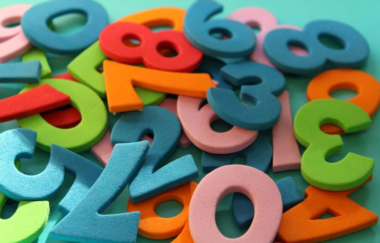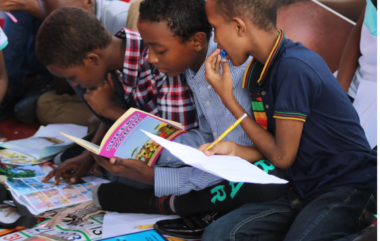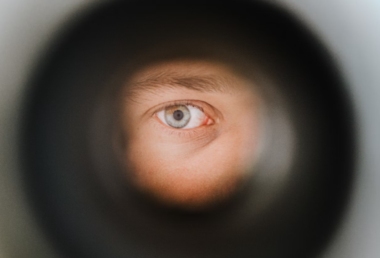Many gambling activities involve betting on events for which the outcomes obey rigid, specified odds. When there is no mechanical bias, roulette wheels have fixed odds, including some that are binary (50:50) such as red vs. black. Betting on the flip of a coin is likewise a binary 50:50 proposition: heads or tails. Why is it then that there is a propensity for some gamblers to place wagers in a pattern conflicting with the known 50:50 odds? For example, after a string of blacks on a roulette wheel, why do some gamblers keep increasing the amounts bet on red with each succeeding black?





